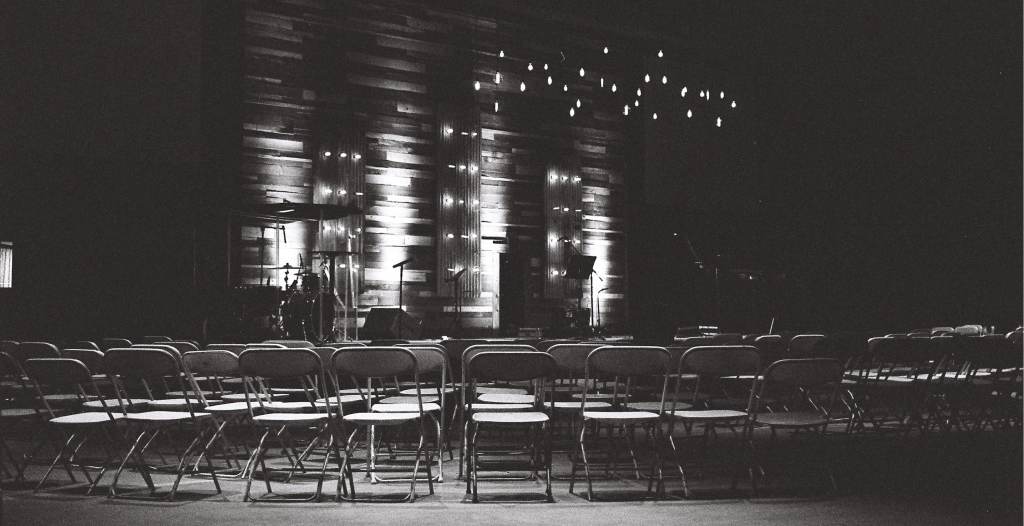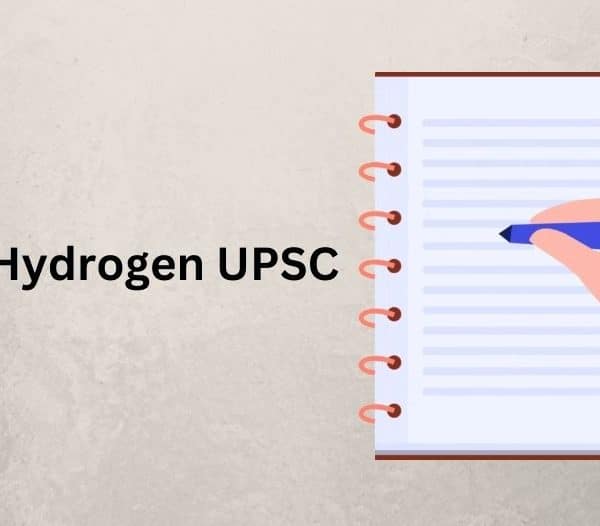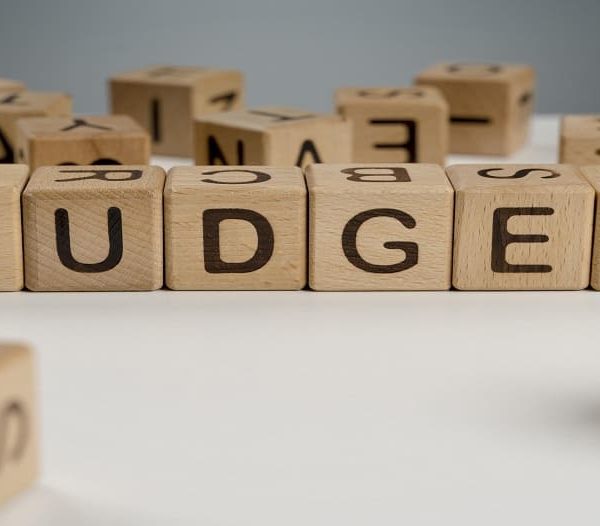So, who was the Chairman of the Constituent Assembly? The chairman of the constituent assembly was Dr Sachchidananda Sinha, he was the oldest member of this assembly too.
It first met on the 9th of December 1946 and had its first session on the 11th of December 1946. The president of the assembly was India’s first President Dr Rajendra Prasad
The assembly was set up to discuss the framing of the constitution and how it was supposed to go about the laws of the nation.
Functions of the Assembly
The committee had a set of functions. They are:
- Framing the constitution of India
- To create laws just to all the members of society
- Making sure everyone felt included in the law-making decisions
- It had to adopt a national flag for India
- It elected India’s first president
- It adopted India’s national anthem
It is visible that the assembly was not just restricted to the making of the constitution of India but also was entrusted with important national requirements.
Committees in the Assembly
The assembly was divided into various committees to help the distribution of work and get an equal representation of everyone. There were eight committees in total, they are:
- Drafting committee headed by Dr B R Ambedkar
- States committee headed by Jawaharlal Nehru
- Rules of Procedure committee headed by Dr Rajendra Prasad
- A steering committee headed by Dr Rajendra Prasad
- Union Powers committee headed by Jawaharlal Nehru
- Union Constitution committee headed by Jawaharlal Nehru
- Provincial Constitution committee headed by Sardar Vallabhai Patel
- Advisory Committee on Fundamental Rights, Minorities and Tribal and Excluded Areas had been divided into four sub-committees- 1. Fundamental Rights sub-committee headed by Acharya Kripalani 2. Minorities sub-committee headed by H C Mookerjee 3. Excluded and Partially Excluded Areas sub-committee headed by A V Thakkar 4. North-East Frontier Tribal Areas and Assam Excluded and Partially Excluded sub-committee headed by
Also Read : Video Revolution in UPSC Civil Services Exam: Watch and Learn!
Composition
The assembly had 398 members out of which 292 members were elected through provincial assembly elections, 93 were members representing the Indian Princely states and 4 members represented the Chief Commissioners’ Provinces. The strength of the committee later reduced to 299 due to the India- Pakistan partition under the Mountbatten Plan of 3rd August 1947, and a separate constituent assembly was set up for them. Thus the membership of the committee was reduced to 299 members.
Objectives Resolution
On 13 December 1946, Pandit Jawaharlal Nehru had moved the objectives resolution. It provided the guiding principles and philosophy for the constitution. It was considered to be the building blocks of the constitution. The resolution passed unanimously in the assembly on 22nd January 1947, and it became the preamble of India’s constitution.
This proclaimed that India was a sovereign republic and shall remain to be one that includes all the territories of India. All individuals shall be guaranteed justice, equality of status, freedom of thought, expression, faith, worship, vocation and sufficient measures will be given to the minorities and deprived classes to transform themselves. And integrate all the territories of India and help India to contribute towards global peace.
Criticism of Assembly
People did criticize this assembly due to many reasons.
- Dominated by Congresspeople believed that the Congress party due to domination in the assembly had forced their ideas into the others and it may have caused manipulation.
- Time-consuming- the assembly had taken a lot of time to frame the constitution. It took around 4 years for India whereas for the USA it only took 4 months
- Not a sovereign body- the assembly was not framed by the people, thus it was not believed to be sovereign. The proposals of the British rulers created it and thus was not thought of as a sovereign body.
- Dominated by Hindus- minorities believed that the body consisted only of Hindus and their ideas and voices would not be considered in the making of laws.
Conclusion
Whilst preparing for your UPSC mains and prelims exam, you must have come across the constituent assembly and must have wondered: what is the constituent assembly? Or who is the chairman of the constituent assembly? This article breaks down the functions, the composition, and talks about the constituent assembly in detail. It is a very basic or a fundamental topic in Indian Polity, and all IAS aspirants should understand the importance of topics related to the Indian Constitution.
IAS officers are required to work within the constitutional framework and thus should know in depths about it. Prepare with determination and hard work, All the best!
Also Read : What is White Collar Crime in India? Causes of White Collar Crime







Hey compañero, realmente tenido gusto este poste. Can t parece conseguirlo para dar formato a la derecha en Internet Explorer, se dobla todo para arriba, pero no trabaja muy bien en Firefox tan ninguna preocupación.